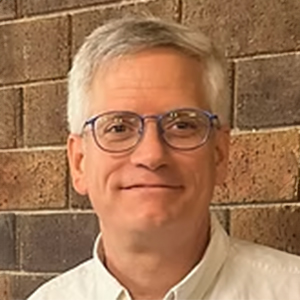Household air pollution (HAP) focuses on the use of solid fuels for cooking and heating in low- and middle- income countries, which is estimated to cause 2.8 million deaths annually and also contributes significantly to deforestation, gender disparities, and climate change. In 2013, Columbia University and the Kintampo Health Research Center initiated the Ghana Randomized Air Pollution and Health (GRAPHs) study, which examined the effects of two different cookstoves provided to pregnant women on birth outcomes and pneumonia in infants.

Dr. Steven Chillrud,
Columbia University
The talk will give an introduction to HAP, including the exposure assessment and health outcome findings of the original GRAPHS study. After the first year of life all households reverted to use of solid fuels allowing us to continue to follow the cohort to further explore the impacts of early life exposure on various health outcomes, including growth rates and lung function and cardiovascular trajectories in children, as well as climate-related health effects. During these new studies, challenges have arisen with a personal air pollution monitor that had a well validated size selective inlet for fine particulate matter (PM2.5); this discovery and recent testing of potential solutions may also be discussed.
Steve Chillrud is a Lamont Research Professor at Lamont-Doherty Earth Observatory and co-Director of the Columbia University Northern Plains Superfund Research Center. He also co-leads several labs that form the Translational Research Support Core of Columbia University’s Center for Environmental Health and Justice in Northern Manhattan. He describes himself as an environmental geochemist interested in public health research. Much of his research is focused on the role of particles in the transport, behavior and fate of chemical contaminants in air, water and soil. His air pollution work includes understanding the sources, behavior and exposure pathways of airborne contaminants as well as designing and testing new air monitoring devices, either to be used at fixed indoor and outdoor locations or to be worn by people. Much of his work is done in collaboration with public health investigators to work on both local and
international health issues.